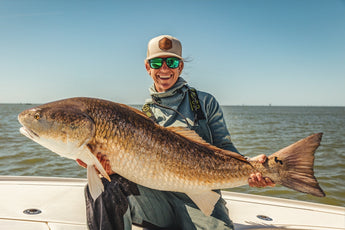When it comes to whitetail hunting, whether it’s archery or rifle season, one of the most critical factors to your success can often be the weather. Hunters have spent millenia studying the patterns and there’s still plenty we don’t know. There are some absolutes, though. Let’s take a look at three key factors to consider when deciding whether it’s the right time to climb into your stand.

1. Temperature
Deer move year round, but they have a knack for making their move at the optimum time for comfort level, and with minimal caloric burn. While many hunters swear by hunting when the temps are a bit cooler, you’re statistically more likely to find success when the weather is milder, closer to the day’s average temperature. If the temperature is oppressive to you in either direction, it’s probably not great for the deer you’re chasing and they may hunker down until things are more comfortable.

2. Barometric Pressure
Now this one can be quite complicated, so I’ll keep it simple! Animals have an incredible internal barometer, and whitetails’ gauge is off-the-charts accurate. Long before we humans know what’s coming, a deer is reading the weather and prepping its behavior to adapt to whatever changes are on the way. In my experience a barometer that is on its way up is prime for peak movement. It’s been my observation that a steady climb in the barometric pressure gets whitetails on their feet more than any other weather factor out there. When it breaks above 30 in., your odds of seeing a buck go way up. Pay attention to it and take advantage of it.

3. Wind
When it comes to wind, we’ve got two main variables to look at ; direction and velocity. I believe that direction is entirely relative to a location and can have a subtle effect on the movement of whitetails. However, velocity can have a very noticeable effect on the movement of deer. In my experience, no wind is no good, but too much wind is worse and the steadier the better. Whitetails rely first on their noses for safety, so swirling and inconsistent winds seem to wreak havoc on whitetail movement. I’ve witnessed better movement in 30mph consistent blowing winds than I have in 15 mph inconsistent swirling winds. I think that says a lot.
All in all, there is no one sure-fire way to predict with 100% certainty that any given whitetail will move during a specific time. We can however gather intel through scouting methods such as glassing, trail cameras and on-stand observations. If we’re smart, we’ll put that intel together with the weather patterns and see if we can find any hint of a common denominator that allows us as hunters to tip the scales in our favor ever so slightly. Good luck!


